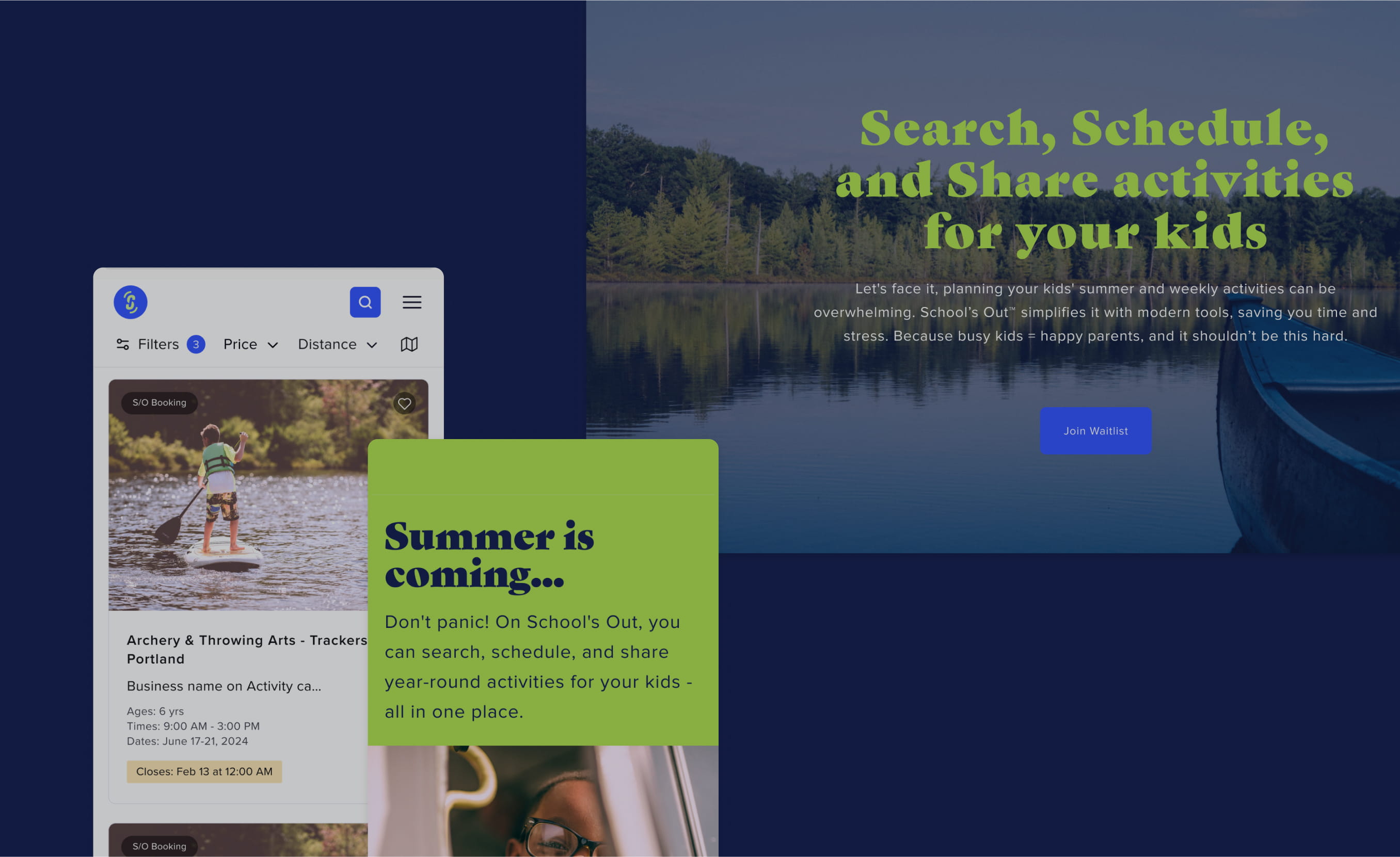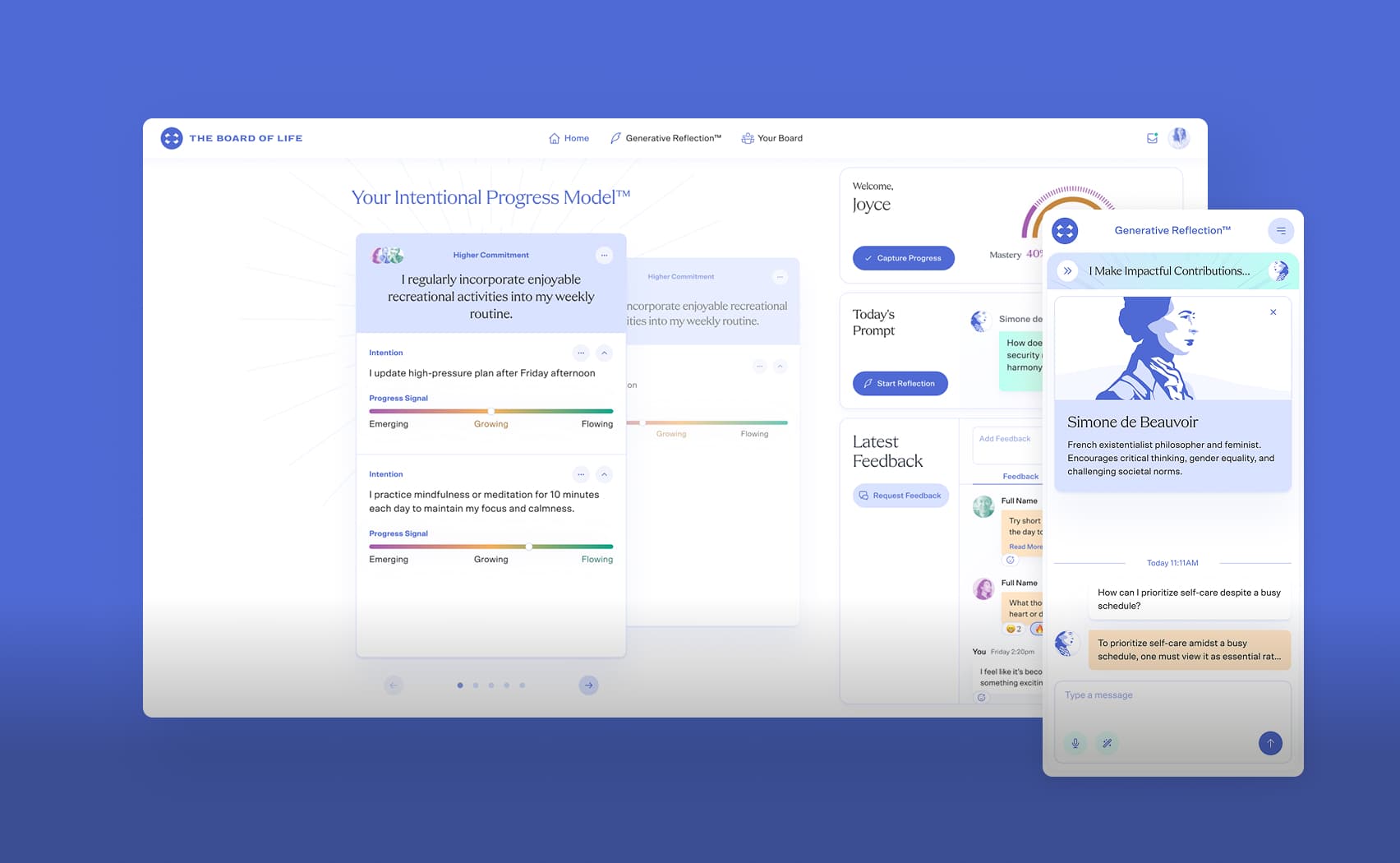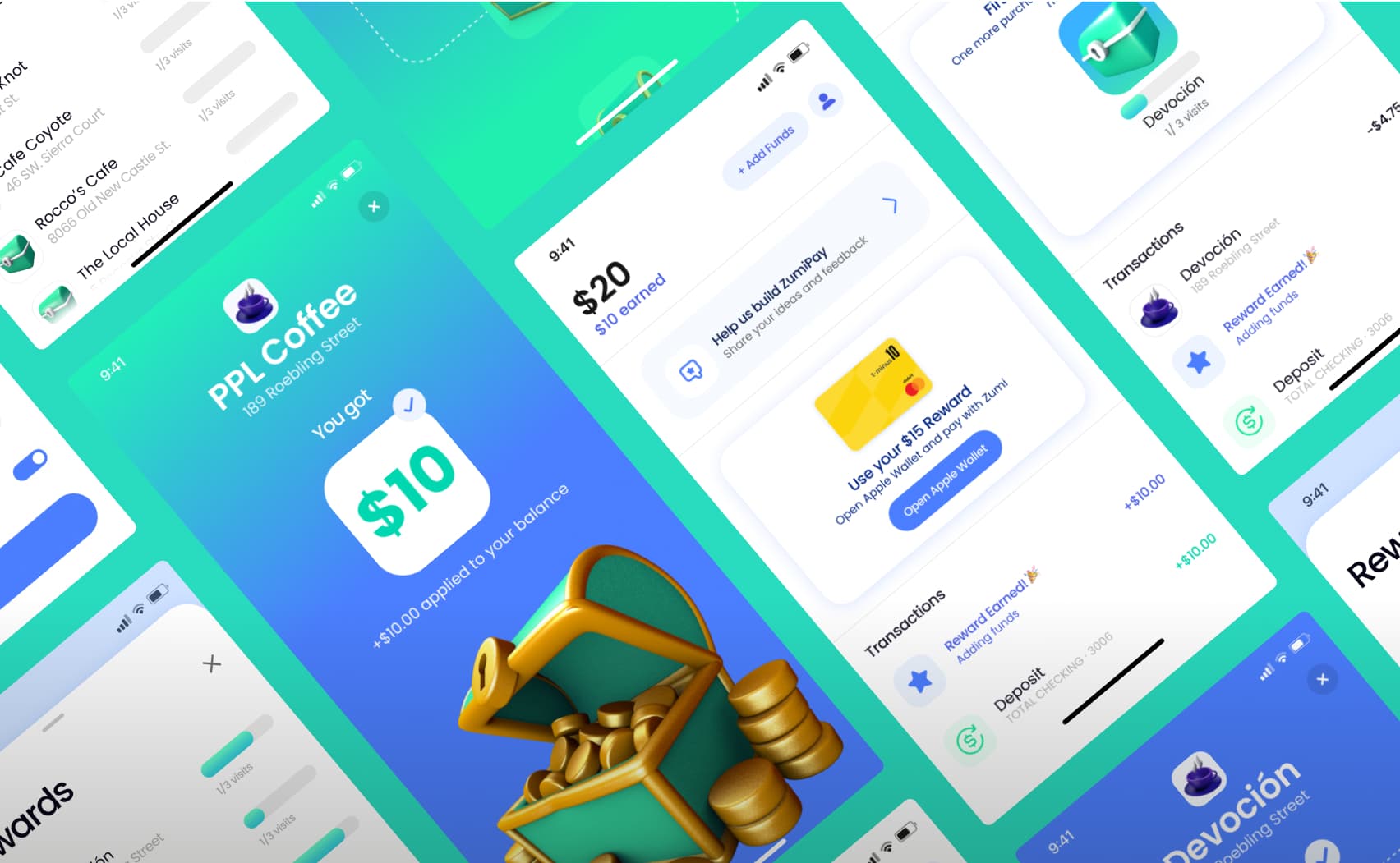JetRockets' Approach to Design
Designing good software is an art. It takes planning, experimentation, and time to find the right balance of features. And while there is no single linear path to good design, it helps to rely on a tried-and-proven path.
JetRockets follows a simple approach to design which gives us the flexibility to design applications for a diverse array of clients- everything from tourism, to finance, to healthcare.
Throughout the process, we rely heavily on ongoing feedback and communication with our clients. Open communication is one of our core values, and we believe it helps us produce better products by aligning our goals with yours.
Feedback and Communication
Engaging in effective feedback and communication is crucial for any task involving multiple people. It is especially important for software, where small differences can make a huge impact on overall functionality.
Every JetRockets project is led by a dedicated Project Manager who maintains regular communication with the client through updates and feedback solicitation from the client, so that the development team can continue moving in the right direction.
At every stage, we provide demonstrations of the ongoing work. This includes after the UX stage, where we build a prototype, and after the UI stage, where we build mock-ups and an animatic. These demonstrations can open up a conversation where we discuss future plans.
UX Design
UX stands for User Experience. It is all about the way the product feels. This includes all the experiences a user has with the software.
People know how using an application should feel. They can tell within seconds whether they love it or hate it. About 88% of customers say they would not return to a website or a mobile app after having a bad user experience.
While this means good UX design depends on many intangible variables, you can think about the most important qualities with the UX Honeycomb model. This model suggests that good UX for websites should be:
Useful- The product should fulfill a specific need.
Usable- The product should be intuitive and easy to use.
Desirable- The product's graphics and design elements should look attractive enough that people would want to use it.
Findable- It should be easy for users to find what they are looking for.
Accessible- The product should be accessible to people with all abilities.
Credible- The product should prove its legitimacy or trustworthiness.
UX design is the first step of our design process. Our goal is to create a working prototype that feels like something people would actually want to use.
Keeping this in mind, we create a black-and-white block scheme mockup of the future website or application. Although it doesn’t have all the bells and whistles of the finished product, it lets us outline all of the necessary functions and define accurate budget estimates for the later stages.
A finished prototype is a great starting point for another conversation with our client. It lets them test our ideas and give us feedback. It also gives our developers a better sense of exactly where they are going and what else they will need to do.
UI Design
UI stands for User Interface. It concerns all the little details about the exact way that users will use the finished product.
There is practically no end to the list of features that could theoretically fall into UI:
As a web development firm, we focus a lot on software UI: the sort of things that users would be likely to see and use on a webpage.
Like UX design, good UI should be useful, intuitive, clear, and accessible. It is easy to clutter up a screen with a zillion little UI elements, but far better to stick to a simpler interface that has exactly the features that users need.
During the UI design stage, we create design mockups for each unique web/application page. We also create designs for tablet and mobile pages to optimize for each platform. Finally, we prepare an animatic- a video that shows how the future interface will be animated.
Like with the prototype, we use our mockups as a starting point for a conversation with the client. After receiving feedback, we can continue working on turning the mockup into a working application.
Corporate Identity
Many of our clients already have logos and identities that we can work with. But for others, we create the brand imaging they need for their platform.
Our goal is to create a logo that most effectively adapts to all means of visual communication. This means that the same logo should be theoretically as useful in a web application as it is on TV or on social media.
First, we elicit two or three of the best visual metaphors for your brand. Then we explore each concept through various applications, including:
- business cards
- printed materials
- merchandise
- social media icons
Finally, we listen to your feedback and let you make the best choice.
How Good Design Helps You
We believe in aligning our goals with your goals. This lets us work to create the best outcome possible for your company.
Our design process serves to align our goals with yours at every step of the way. We do this when we make a UX prototype when we make UI mockups, and in every conversation, you have with your Project Manager.
JetRocket’s approach to design has been tried and tested through many projects over the years. We’ve used it to build applications for multiple industries and purposes. And we hope to continue to use it for you!



